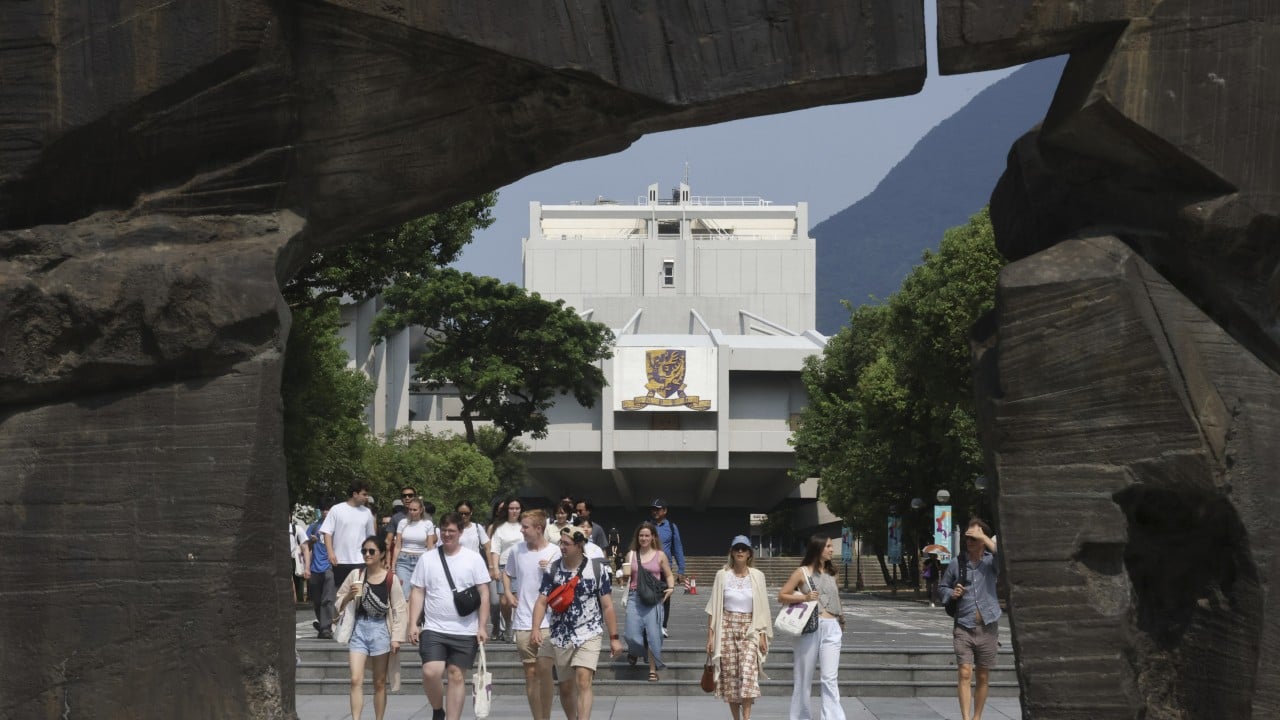Chief Executive John Lee Ka-chiu’s latest policy address may prove to be a watershed moment for Hong Kong’s education system. Among several measures, one stands out as transformative: the decision to raise the cap on non-local students from 40 per cent to 50 per cent of the student body.
Advertisement
This is more than a technical adjustment. It signals Hong Kong’s intent to position itself as an international education hub, opening its classrooms to the world.
This is an extraordinary turn for a city that only began providing nine years of universal education in 1979. Before then, many young people had only a few years of schooling and those who could afford it went overseas for further studies.
In the decades since, Hong Kong has built one of the most extensive education systems in Asia. Today, it offers 12 years of free education, an extensive vocational training system and a remarkable array of higher education institutions.
For a city of 7.5 million people, Hong Kong has 22 higher education institutions, including eight publicly funded universities. Even more striking, five of the publicly funded universities are ranked in the world’s top 100, with three of them in the top 50. Few cities of comparable size can claim such an academic footprint.
Advertisement
English is mainly the medium of instruction, a major advantage in attracting students not only from mainland China but also from Commonwealth and belt and road countries.

